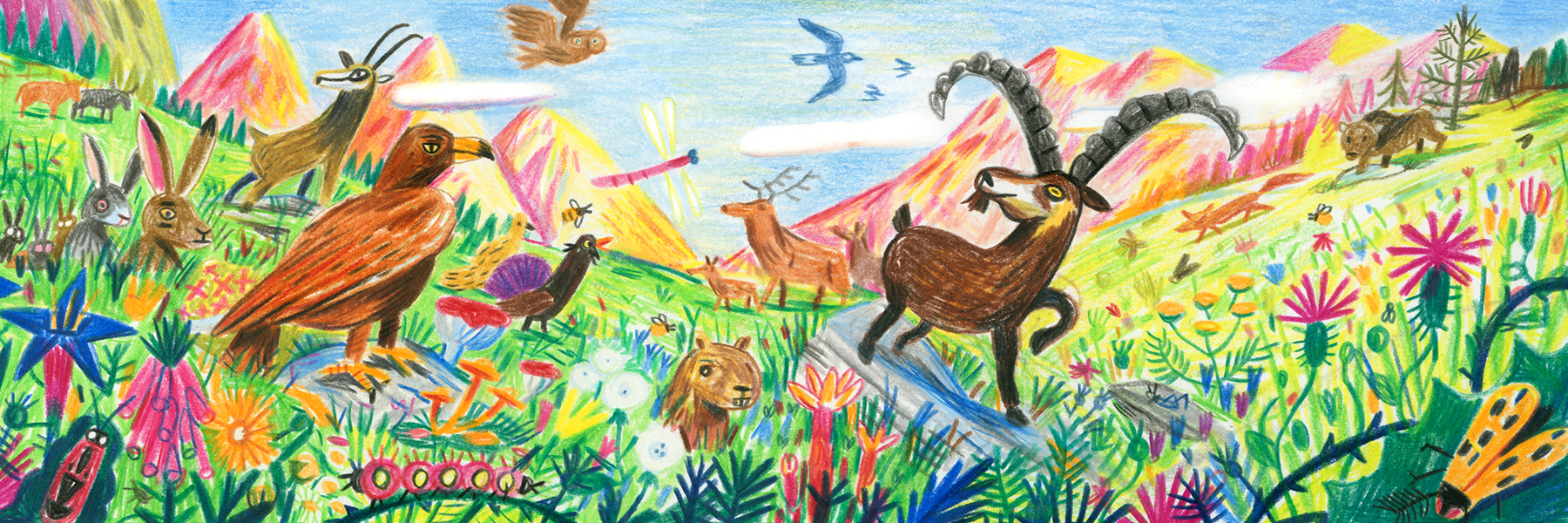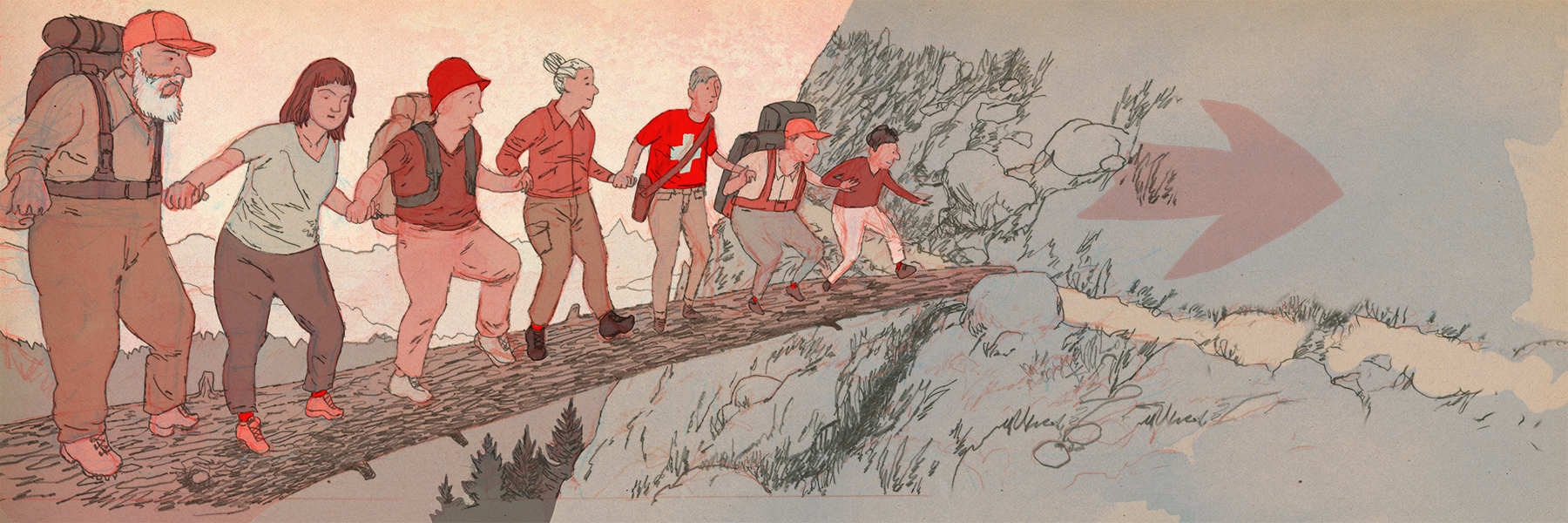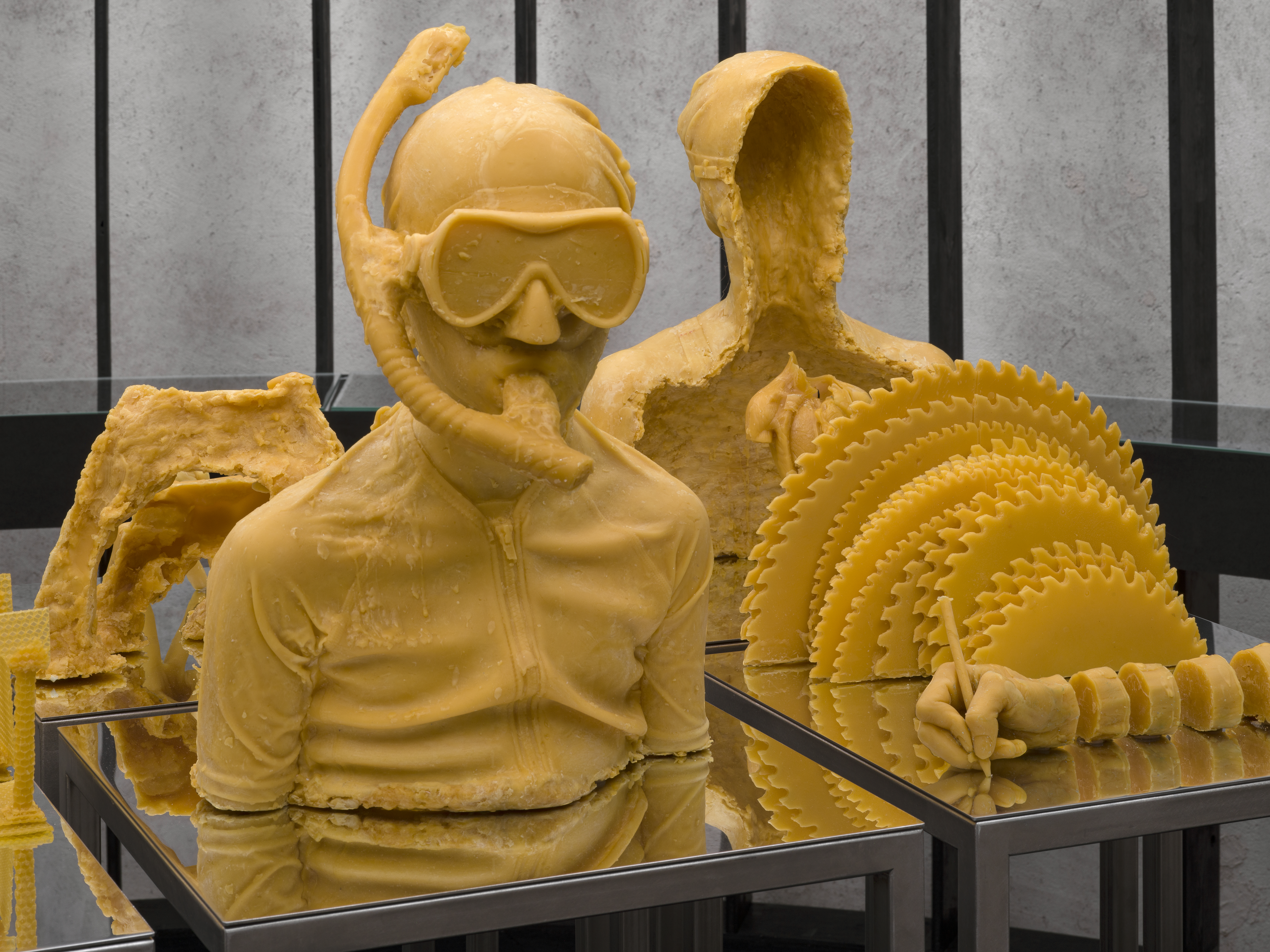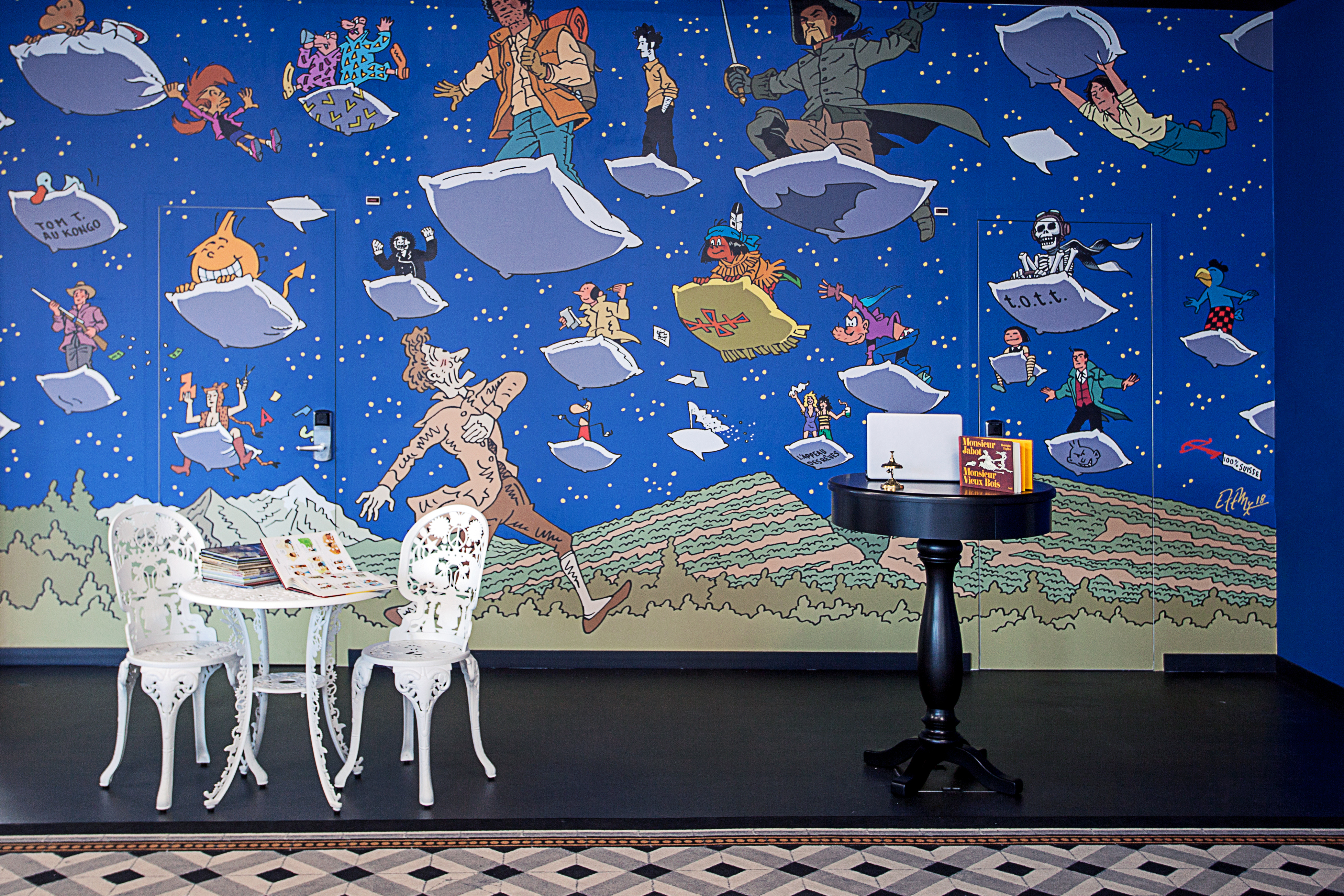
More mammals living in Switzerland than 25 years ago

In 1995, there were 87 mammal species in Switzerland and Liechtenstein. Today there are 99. However, many species are far from being out of the woods.
Published on Tuesday, the largest regional survey of mammals to date describes the return of larger animals, like the wolf and fish otter, as well as the discovery of bat species living in Switzerland. Yet light pollution poses a serious threat to bats, and mammals like the field hare are struggling to survive on account of habitat loss in agricultural zones.
The 400-page atlas of mammals, authored by researchers from the Swiss Society for Wildlife Biology (SGW), represents the largest regional survey of mammals to date. It draws on over one million observations such as sightings, tracks, ultrasound, camera trap footage and even the prey of housecats. Some of the data comes from so-called citizen scientists.
“It would be almost impossible to get all this data without thousands of volunteers. I see a big potential here, and it shows people’s interest,” said SGW’s Roland Graf on Tuesday, highlighting a project where citizen scientists monitored hedgehog activity in an area measuring 150 square kilometres.
Attractive habitats
While the focus is on Switzerland and its eastern neighbour, Liechtenstein, the authors are also in regular contact with researchers in other European countries.
“The general trend is that species are coming back. The golden jackal has even been seen in Norway!” Manuela von Arx, of the Swiss-based Carnivore Ecology and Wildlife Management (KORA), told swissinfo.ch. She notes that Switzerland’s diverse offer of habitats is attractive for wildlife: mountains, forests and the plateau.
“There are still enough suitable habitats; many species are able to cope despite the presence of humans,” she said. “But the smaller species have more trouble.”
Hubert Krättli, director of the Bat Protection Foundation, points out that countries like Slovenia and Germany are much farther along than Switzerland when it comes to fighting light pollution.
“Do we really need so much light all night? There are many local solutions,” he points out, such as shutting off an individual streetlamp. “Since bats can fly, they can move into a new area fast.” Nearly a third of the book, published by Haupt Verlag in Bern, is dedicated to the 30 bat species in Switzerland.

More
The Swiss Alps are beautiful, but are they biodiverse?

In compliance with the JTI standards
More: SWI swissinfo.ch certified by the Journalism Trust Initiative




























Join the conversation!